Home>Technology>Smart Home Devices>Why Won’t My Computer Connect To My Printer


Smart Home Devices
Why Won’t My Computer Connect To My Printer
Modified: March 26, 2024
Discover troubleshooting tips for connecting smart home devices to your computer. Learn why your computer won't connect to your printer and how to fix it.
(Many of the links in this article redirect to a specific reviewed product. Your purchase of these products through affiliate links helps to generate commission for Storables.com, at no extra cost. Learn more)
Introduction
Having trouble connecting your computer to your printer can be frustrating, especially when you urgently need to print important documents. This issue can stem from various factors, including hardware problems, software glitches, or connectivity issues. However, by understanding the common causes and troubleshooting steps, you can often resolve the problem without the need for professional assistance.
In this guide, we’ll explore the primary reasons why your computer might not be connecting to your printer and provide practical solutions to help you get back to printing seamlessly. By following these steps, you can troubleshoot the issue and potentially avoid the need for costly repairs or replacements.
Let’s dive into the key factors to consider when your computer won’t connect to your printer, and how to address each of them effectively.
Key Takeaways:
- Ensure your printer and computer are powered on and connected properly to resolve connectivity issues. Check for paper jams and low ink levels as common culprits.
- Updating printer drivers and assessing network connections can eliminate compatibility issues and enhance stability for seamless printing.
Check the Basics
When encountering connectivity issues between your computer and printer, it’s essential to start with the basics. Begin by ensuring that both the printer and the computer are powered on. Check for any error messages or warning lights on the printer’s display panel, as these can provide valuable insights into the nature of the problem.
Next, verify that the printer is properly connected to a power source and that all cables, including the power cord and the connection to the computer, are securely plugged in. If your printer connects wirelessly, confirm that it is within range of the Wi-Fi network and that the wireless connection is active.
Additionally, check for any paper jams or low ink/toner levels in the printer. Addressing these common issues can often resolve connectivity problems and restore the printer’s functionality. Many modern printers feature intuitive error indicators that can guide you through the troubleshooting process, so be sure to consult the printer’s manual for specific instructions related to error messages or maintenance tasks.
By systematically examining these fundamental elements, you can rule out simple issues that may be impeding the connection between your computer and the printer. Once you’ve confirmed that the basics are in order, you can proceed to more advanced troubleshooting steps to address the connectivity problem effectively.
Verify Printer Connection
When your computer fails to connect to the printer, it’s crucial to verify the integrity of the physical and wireless connections. Begin by checking the USB or Ethernet cable connecting the printer to your computer. Ensure that the cable is securely plugged into both the printer and the computer’s USB port or network port. If you suspect a faulty cable, try using a different cable to rule out potential connectivity issues.
If your printer operates wirelessly, confirm that it is connected to the same Wi-Fi network as your computer. Access the printer’s settings menu to view the network status and ensure that it is connected to the correct network. If the printer’s wireless connection appears unstable, consider restarting the printer and reconnecting it to the Wi-Fi network to establish a stable connection.
Another crucial aspect to consider is the printer’s network settings. Access the printer’s control panel or settings menu to review the network configuration. Verify that the printer’s IP address and network settings align with the parameters of your home or office network. In some cases, resetting the printer’s network settings to default and reconfiguring the connection can resolve persistent connectivity issues.
For wireless printers, ensure that the Wi-Fi signal is strong and consistent in the vicinity of the printer. If the signal appears weak, consider repositioning the printer closer to the Wi-Fi router to improve signal strength and stability.
By meticulously examining the printer’s physical connections and wireless network settings, you can identify and address potential obstacles that may be impeding the connection between the printer and your computer. Once you’ve verified the printer’s connection integrity, you can proceed to explore additional troubleshooting steps to resolve the connectivity issue effectively.
Update Printer Drivers
Outdated or incompatible printer drivers can often lead to connectivity issues between your computer and the printer. Printer drivers serve as the bridge between your computer’s operating system and the printer, facilitating communication and enabling the proper functioning of the device. When the printer drivers are outdated or corrupted, it can result in connectivity problems and hinder the printing process.
To address this issue, it’s essential to update the printer drivers on your computer. Begin by accessing the manufacturer’s official website or the support section of the printer’s manufacturer. Locate the designated driver download page and search for the latest driver compatible with your printer model and your computer’s operating system.
Once you’ve identified the appropriate driver, download it onto your computer and follow the installation instructions provided by the manufacturer. During the installation process, ensure that you select the correct printer model and carefully follow the prompts to complete the driver update. After the installation is complete, restart your computer to allow the new driver to take effect.
If you’re using a Windows operating system, you can also update printer drivers through the Device Manager. Access the Device Manager by right-clicking on the Start button and selecting “Device Manager” from the menu. Locate the “Printers” or “Imaging devices” category, right-click on your printer, and select “Update driver.” Follow the on-screen instructions to search for and install the latest driver for your printer.
By ensuring that your printer drivers are up to date, you can eliminate potential compatibility issues and enhance the communication between your computer and the printer. Updated drivers can often resolve connectivity problems and optimize the printing experience, allowing you to resume printing tasks without interruptions.
Check that both your computer and printer are connected to the same Wi-Fi network. If they are, try restarting both devices and checking for any software updates. If the issue persists, consult the printer’s manual or contact the manufacturer for further assistance.
Check Network Connection
When your computer encounters difficulty connecting to the printer, it’s essential to assess the status of the network connection. Whether your printer operates wirelessly or through a wired connection, network issues can impede the communication between the devices and hinder printing functionality.
If your printer connects wirelessly, begin by verifying the stability and strength of the Wi-Fi signal in the vicinity of the printer. Weak or intermittent Wi-Fi signals can disrupt the connection between the printer and your computer, leading to connectivity issues. Consider repositioning the printer closer to the Wi-Fi router or using a Wi-Fi range extender to enhance signal strength and stability.
Next, check the network settings on your computer to ensure that it is connected to the correct Wi-Fi network. Access the network settings or Wi-Fi menu on your computer and confirm that it is linked to the same network as your printer. In some cases, switching to a different Wi-Fi network or connecting to a more stable network can resolve connectivity problems.
If your printer utilizes a wired connection, inspect the Ethernet cable connecting the printer to your network router or switch. Ensure that the cable is securely plugged into both the printer and the network device, and check for any visible damage or wear on the cable. If necessary, try using a different Ethernet cable to rule out potential connectivity issues.
Additionally, rebooting your network router or switch can often resolve network-related connectivity problems. Power off the router or switch, wait for a few minutes, and then power it back on to initiate a fresh network connection. This simple step can rectify temporary network glitches and restore the communication between your computer and the printer.
By systematically examining the network connection and addressing potential issues, you can enhance the stability of the connection between your computer and the printer, enabling seamless printing operations without disruptions.
Restart Devices
When encountering connectivity issues between your computer and printer, a simple yet effective troubleshooting step is to restart both devices. Rebooting the computer and the printer can often resolve temporary glitches, refresh the connection, and restore seamless communication between the devices.
Begin by powering off your computer and shutting down any running applications. Allow the computer to remain powered off for a few minutes to ensure that all active processes are terminated. After the brief interval, power on the computer and allow it to fully restart. Once the computer has rebooted, attempt to reconnect to the printer and initiate a printing task to assess whether the issue has been resolved.
Next, turn off the printer and unplug it from the power source. Wait for a few minutes to ensure that the printer’s internal components are fully powered down. After the brief interval, plug the printer back into the power source and power it on. Allow the printer to complete its startup sequence, and then attempt to establish the connection with your computer.
During the reboot process, the devices undergo a fresh initialization, which can rectify software glitches, clear temporary memory buffers, and reestablish the communication protocols between the computer and the printer. This simple yet effective step can often resolve connectivity issues and enable seamless printing operations without the need for complex troubleshooting procedures.
If the connectivity problem persists after restarting both devices, consider performing a power cycle on your network router or switch as well. Powering off the network device, waiting for a few minutes, and then restarting it can rectify network-related issues and enhance the stability of the connection between your computer and the printer.
By systematically restarting the devices involved in the printing process, you can eliminate temporary glitches and restore the communication pathways, allowing you to resume printing tasks without interruptions.
Reset Printer Settings
When persistent connectivity issues arise between your computer and the printer, resetting the printer settings can serve as a valuable troubleshooting step to address underlying configuration issues. By restoring the printer to its default settings, you can eliminate potential settings conflicts and establish a fresh foundation for the communication between the printer and your computer.
Before proceeding with a reset, it’s essential to consult the printer’s manual or the manufacturer’s support resources to understand the implications of resetting the device. Different printer models may have varying reset procedures, and some settings, such as network configurations and custom preferences, may be lost during the reset process.
To initiate a printer reset, access the printer’s control panel or settings menu and navigate to the reset or restore options. Select the appropriate reset option based on the nature of the connectivity issue you’re experiencing. For network-related problems, consider resetting the network settings to default to eliminate potential network configuration conflicts.
After initiating the reset, follow the on-screen prompts or instructions provided by the manufacturer to confirm the reset process. Once the reset is complete, power cycle the printer by turning it off and unplugging it from the power source for a few minutes. After the brief interval, plug the printer back in and power it on to allow it to initialize with the restored settings.
Following the reset, reconfigure any essential settings, such as network connections and paper preferences, to align with your specific requirements. Additionally, ensure that the printer’s firmware is up to date by checking for and installing any available firmware updates provided by the manufacturer.
By resetting the printer settings, you can eliminate potential configuration conflicts and establish a clean slate for the communication between your computer and the printer. This proactive troubleshooting step can often resolve persistent connectivity issues and restore seamless printing functionality.
Conclusion
Encountering connectivity issues between your computer and printer can disrupt your workflow and lead to frustration. However, by systematically troubleshooting the underlying factors and addressing potential obstacles, you can often resolve the problem and restore seamless printing functionality. From checking the basics to resetting printer settings, the key is to approach the troubleshooting process methodically and attentively.
By verifying the integrity of the physical connections, updating printer drivers, and assessing the network connection, you can identify and address the root causes of connectivity issues effectively. Additionally, performing simple yet impactful steps, such as restarting devices and resetting printer settings, can often rectify temporary glitches and restore the communication pathways between your computer and the printer.
It’s important to leverage the resources provided by the printer’s manufacturer, including support documentation, driver updates, and troubleshooting guides, to navigate the resolution process effectively. Additionally, seeking assistance from online forums, technical support channels, or professional technicians can provide valuable insights and guidance in addressing complex connectivity issues.
By maintaining proactive maintenance practices, such as keeping printer drivers updated, and periodically reviewing the network and device configurations, you can mitigate the likelihood of encountering connectivity problems in the future. Regularly assessing the health of the printer and its connectivity can contribute to a seamless printing experience and minimize disruptions in your daily tasks.
Ultimately, by leveraging the insights and troubleshooting strategies outlined in this guide, you can navigate connectivity issues with confidence and address them effectively. With a systematic approach and a proactive mindset, you can overcome connectivity obstacles and ensure that your computer and printer maintain a robust and reliable connection for seamless printing operations.
Remember, patience and attentiveness are key when troubleshooting connectivity issues, and by applying the principles outlined in this guide, you can enhance your printing experience and minimize the impact of connectivity challenges on your productivity.
Frequently Asked Questions about Why Won't My Computer Connect To My Printer
Was this page helpful?
At Storables.com, we guarantee accurate and reliable information. Our content, validated by Expert Board Contributors, is crafted following stringent Editorial Policies. We're committed to providing you with well-researched, expert-backed insights for all your informational needs.
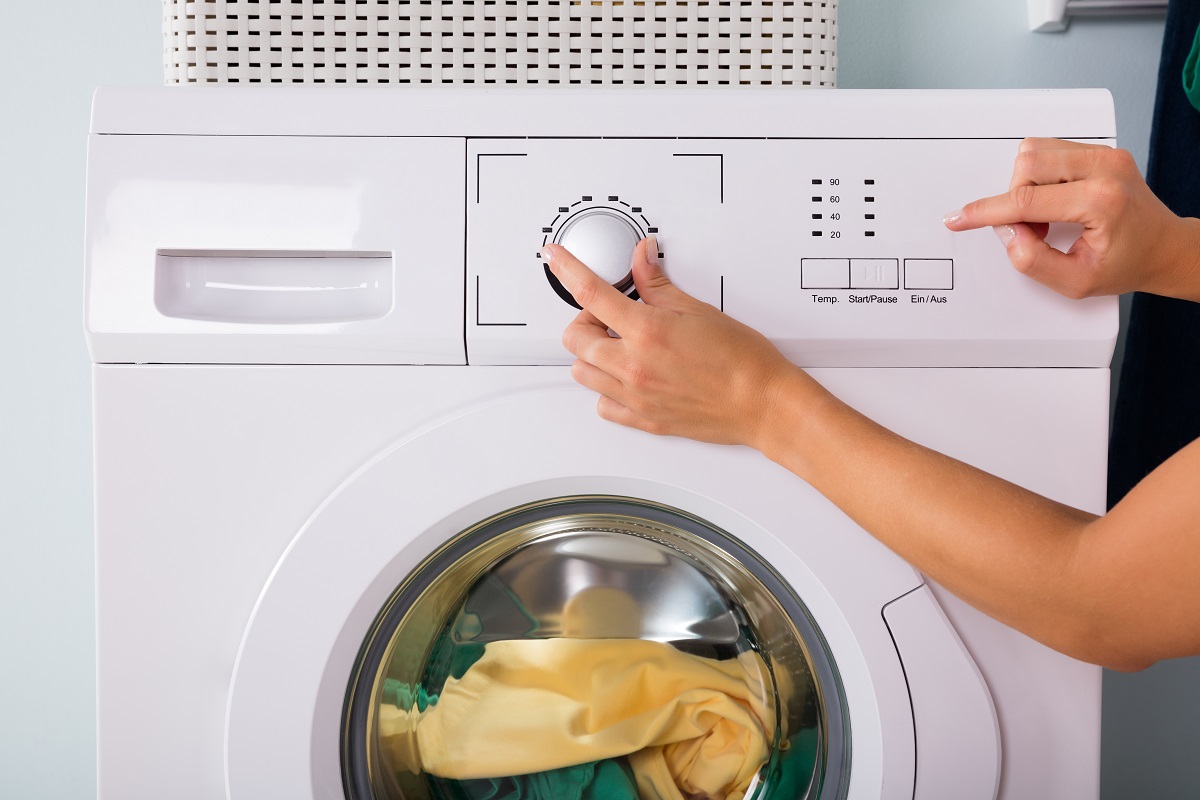
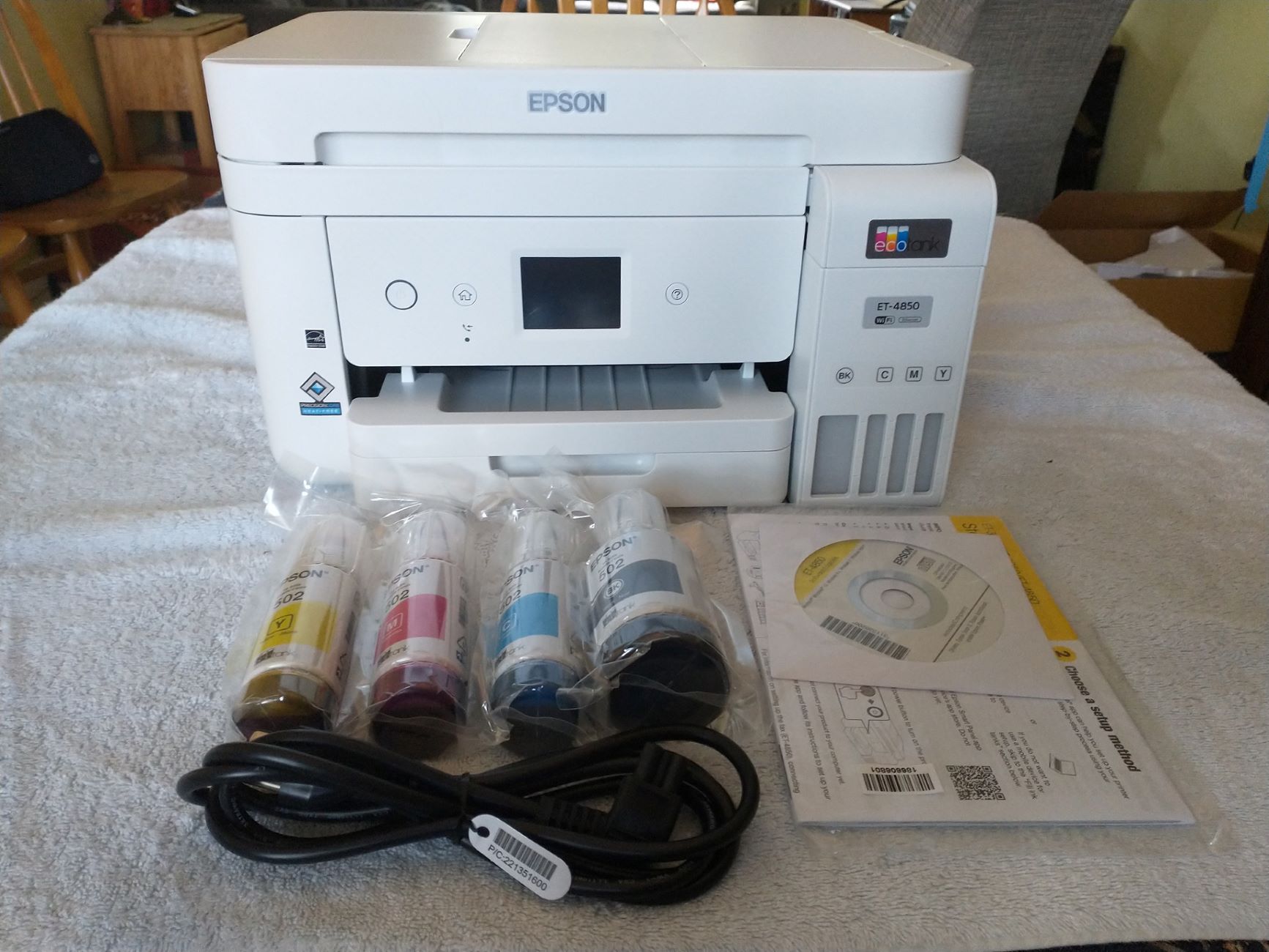
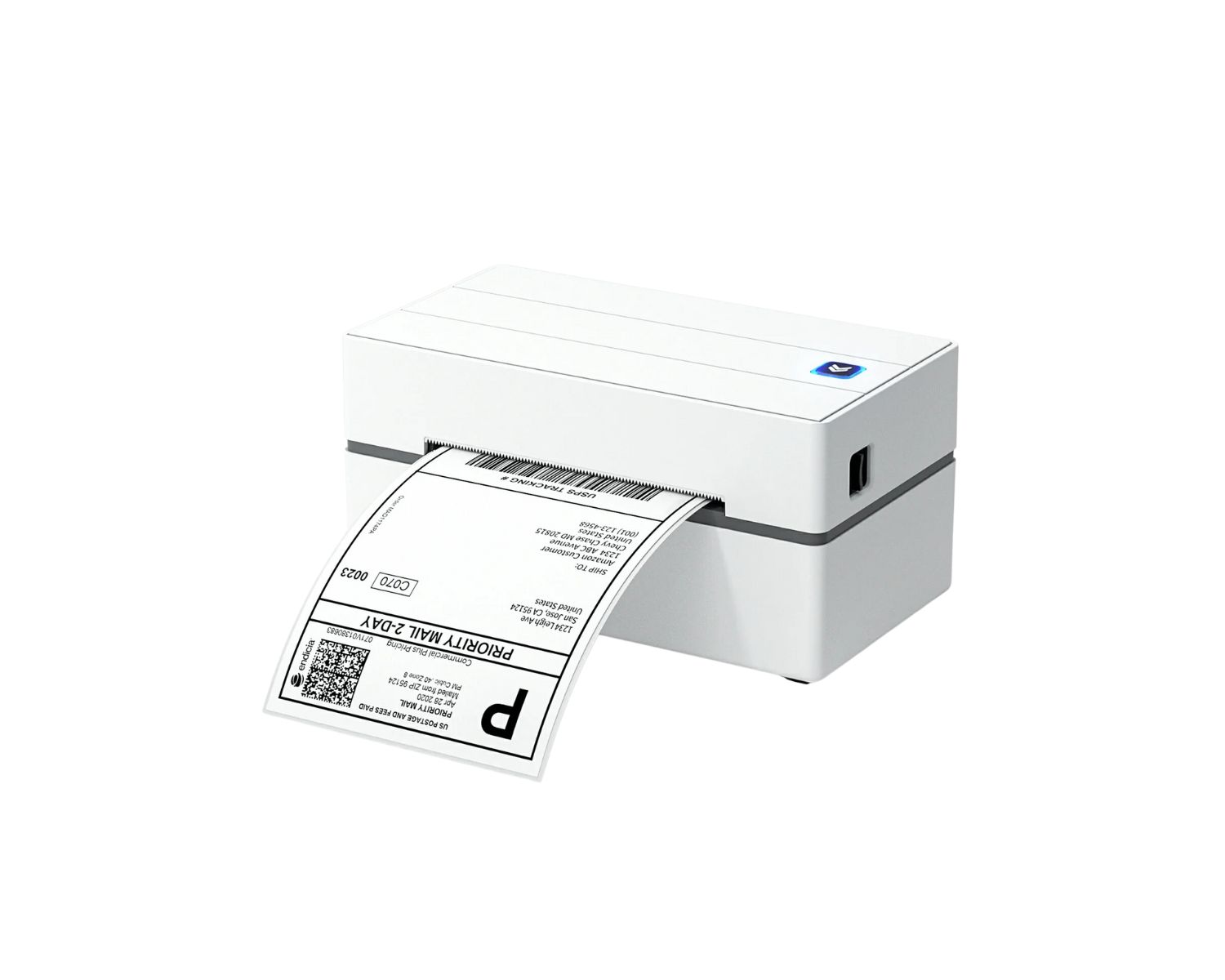
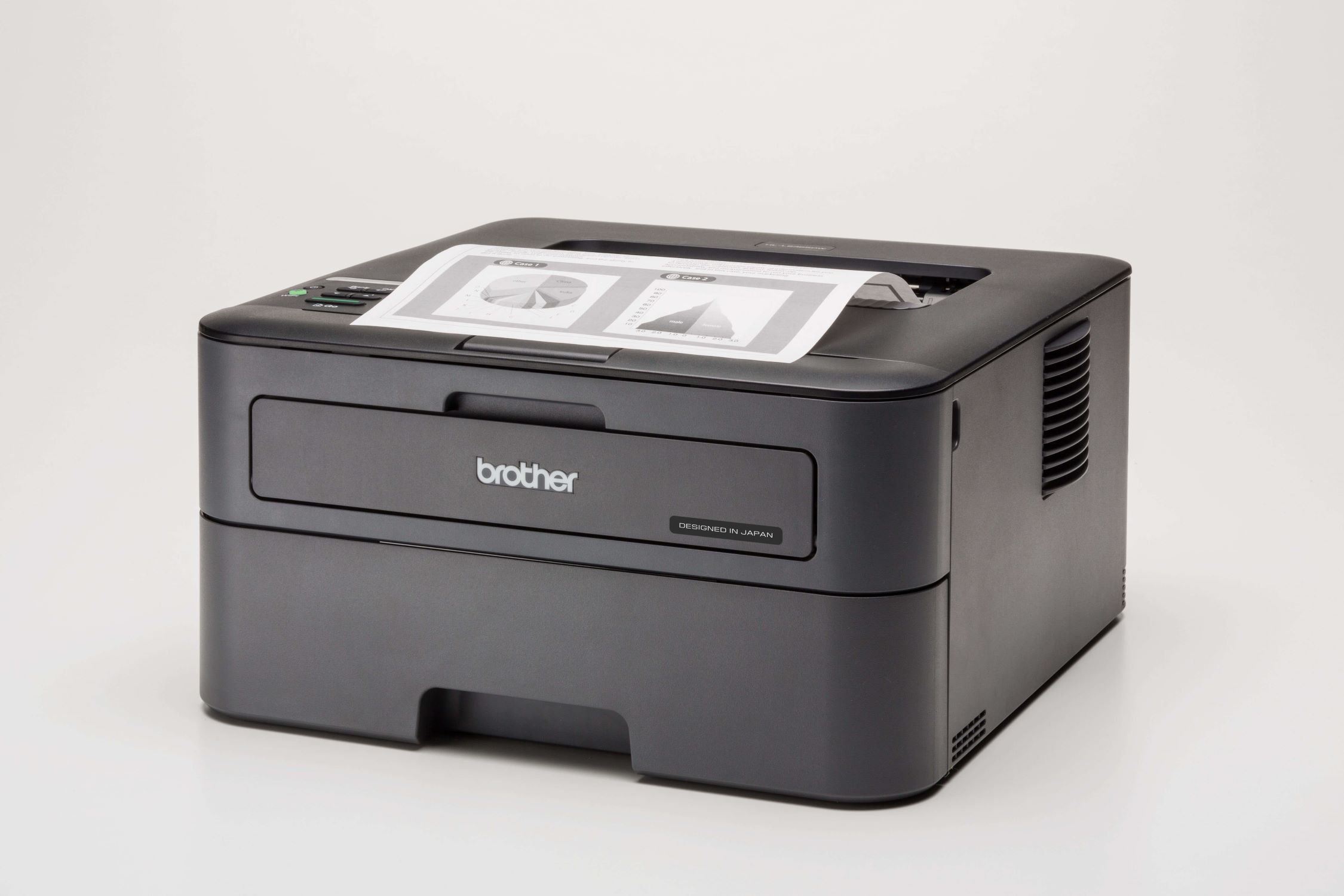
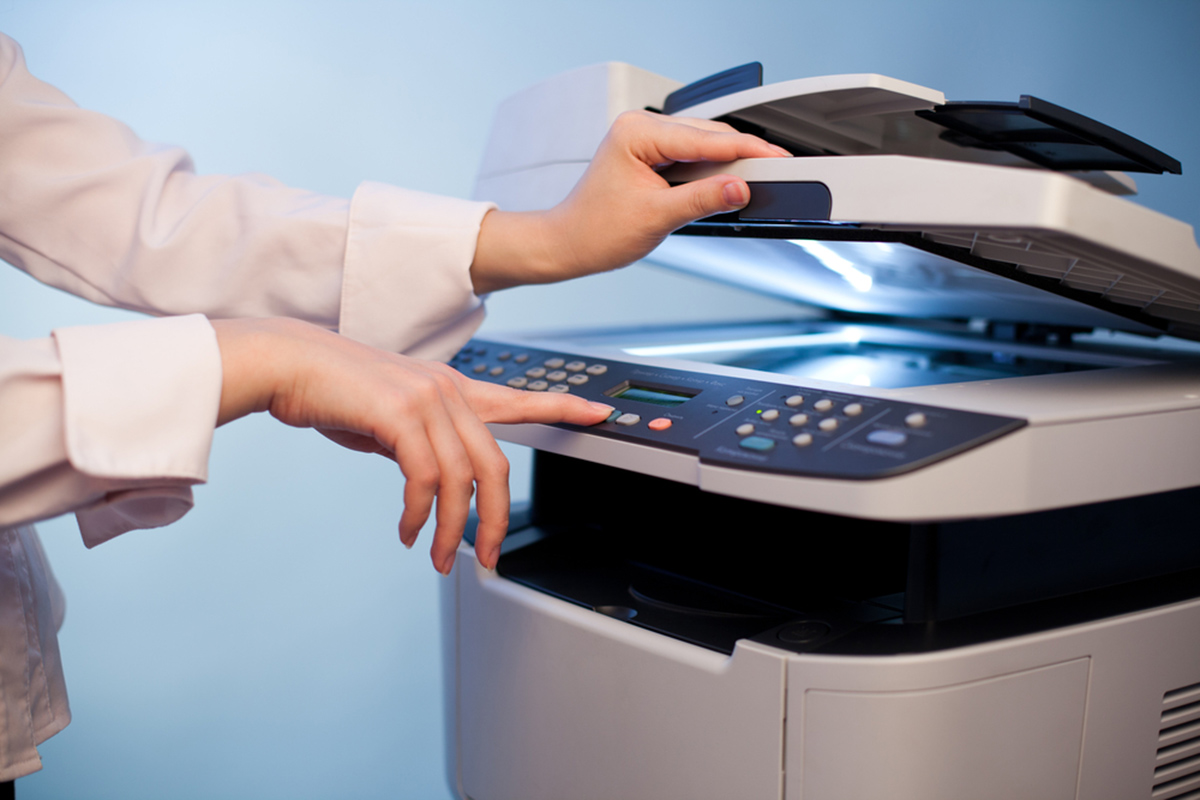

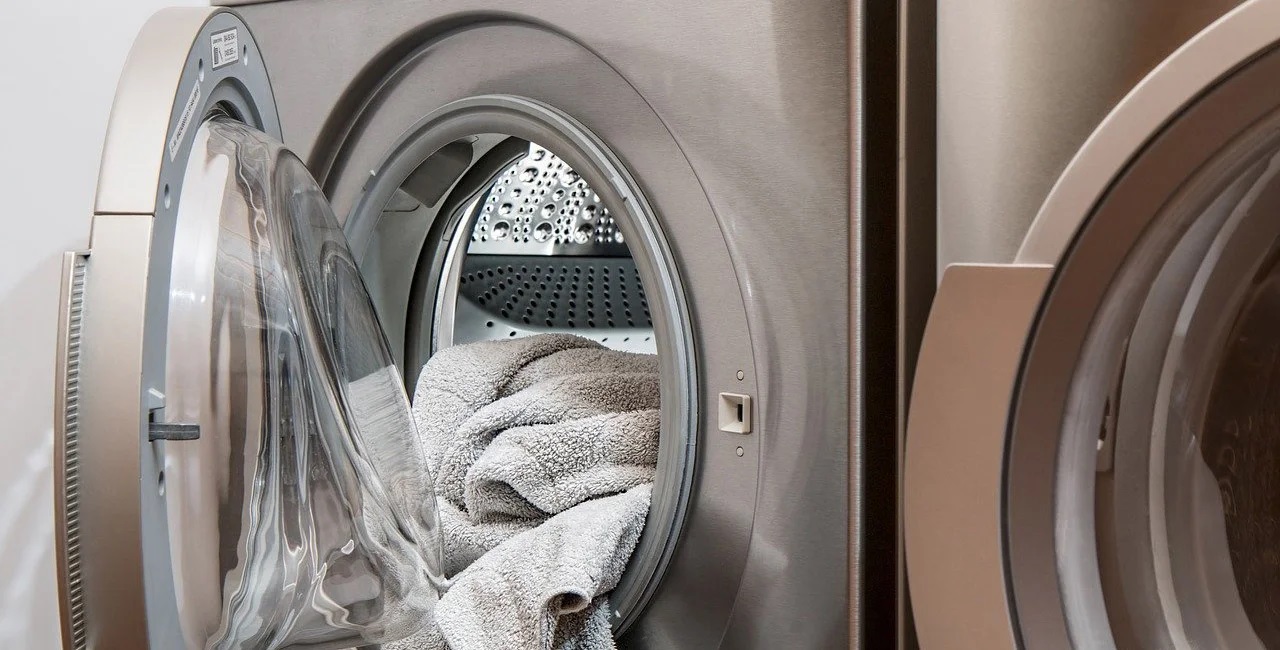
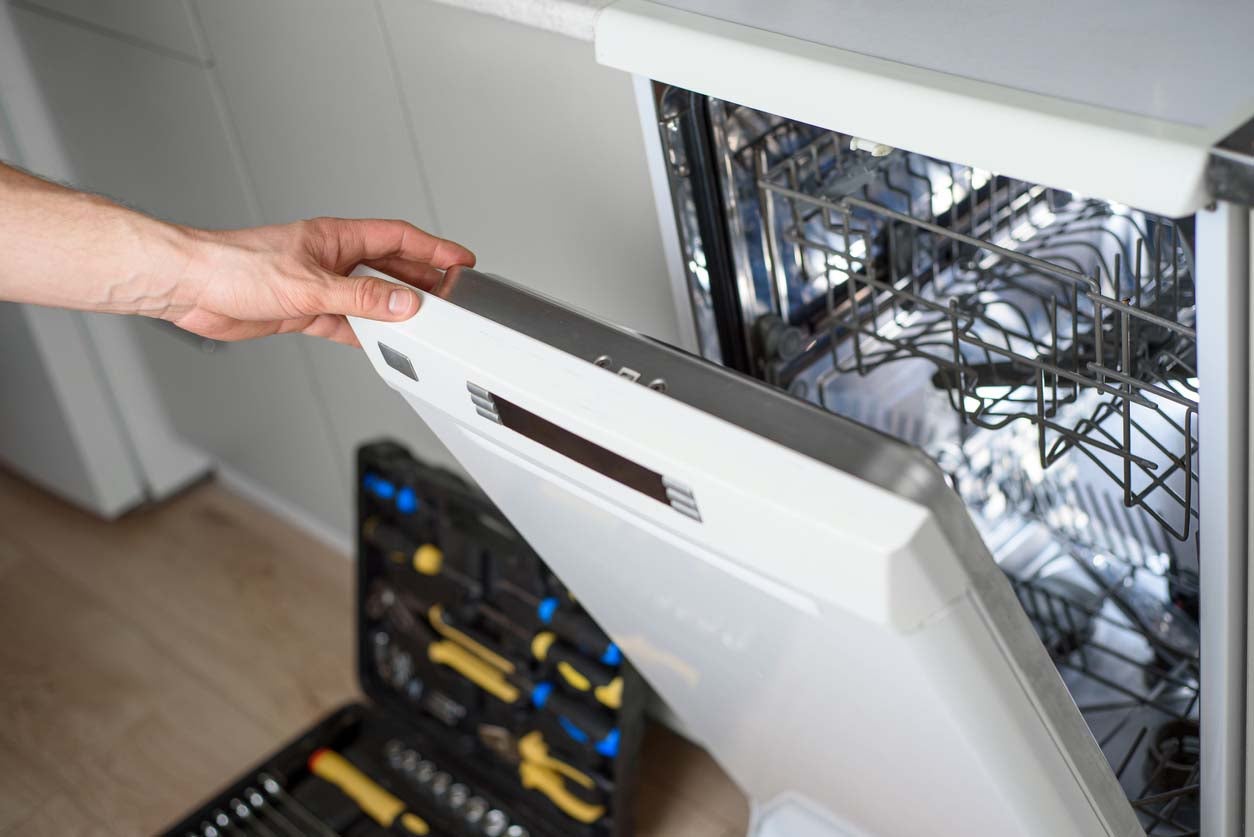
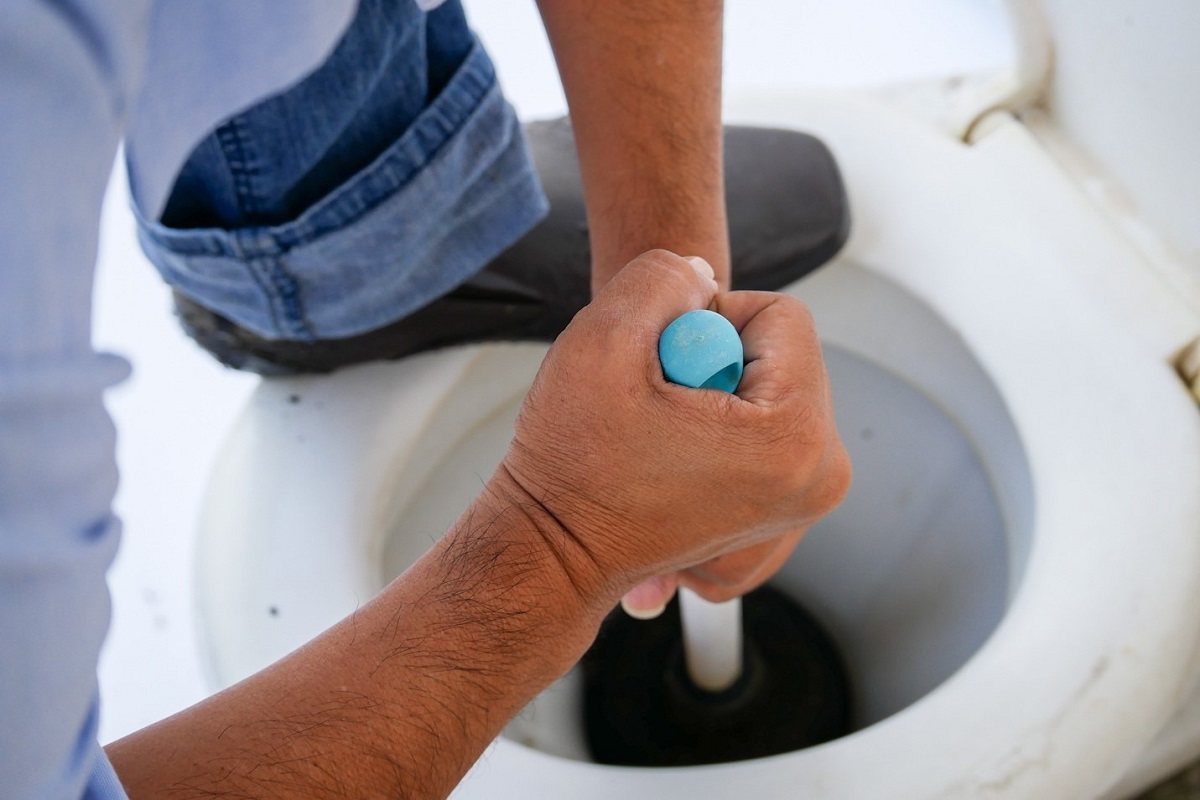
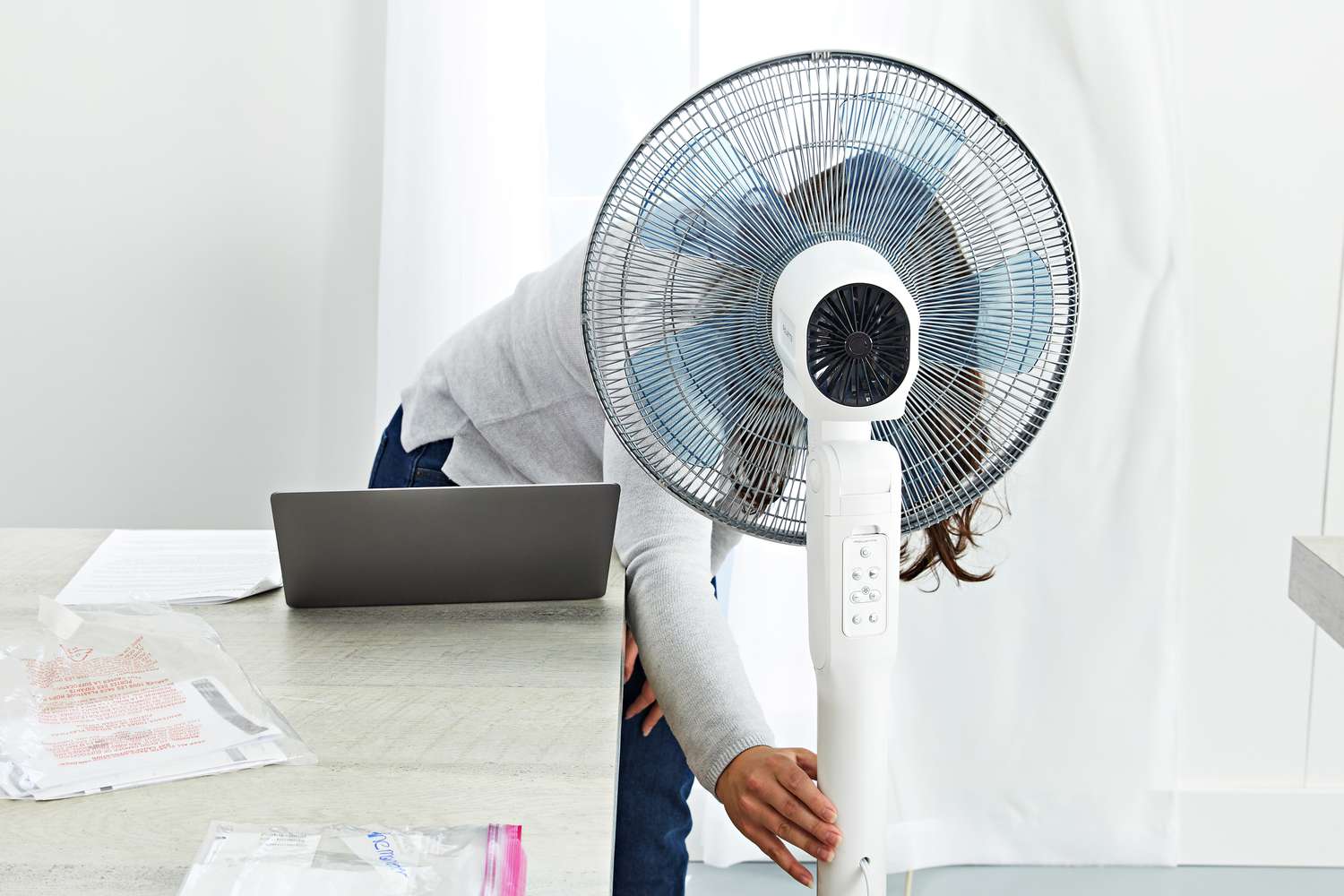
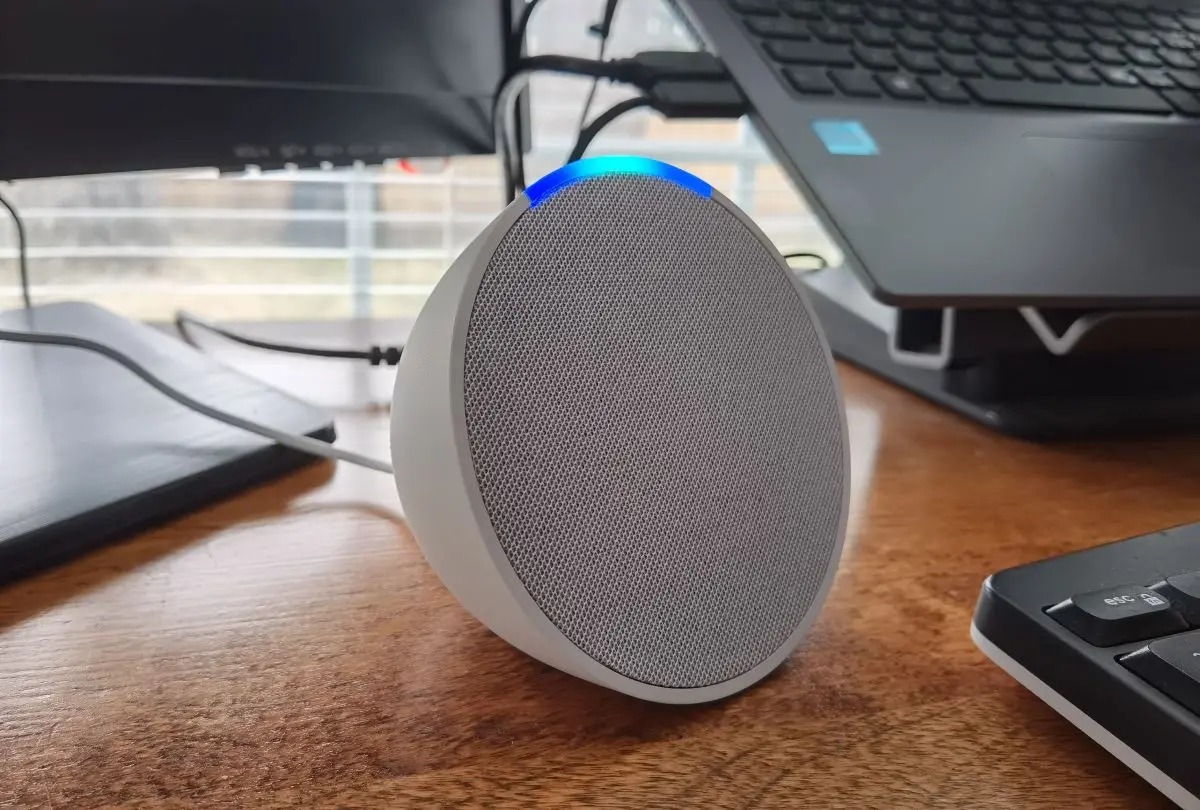
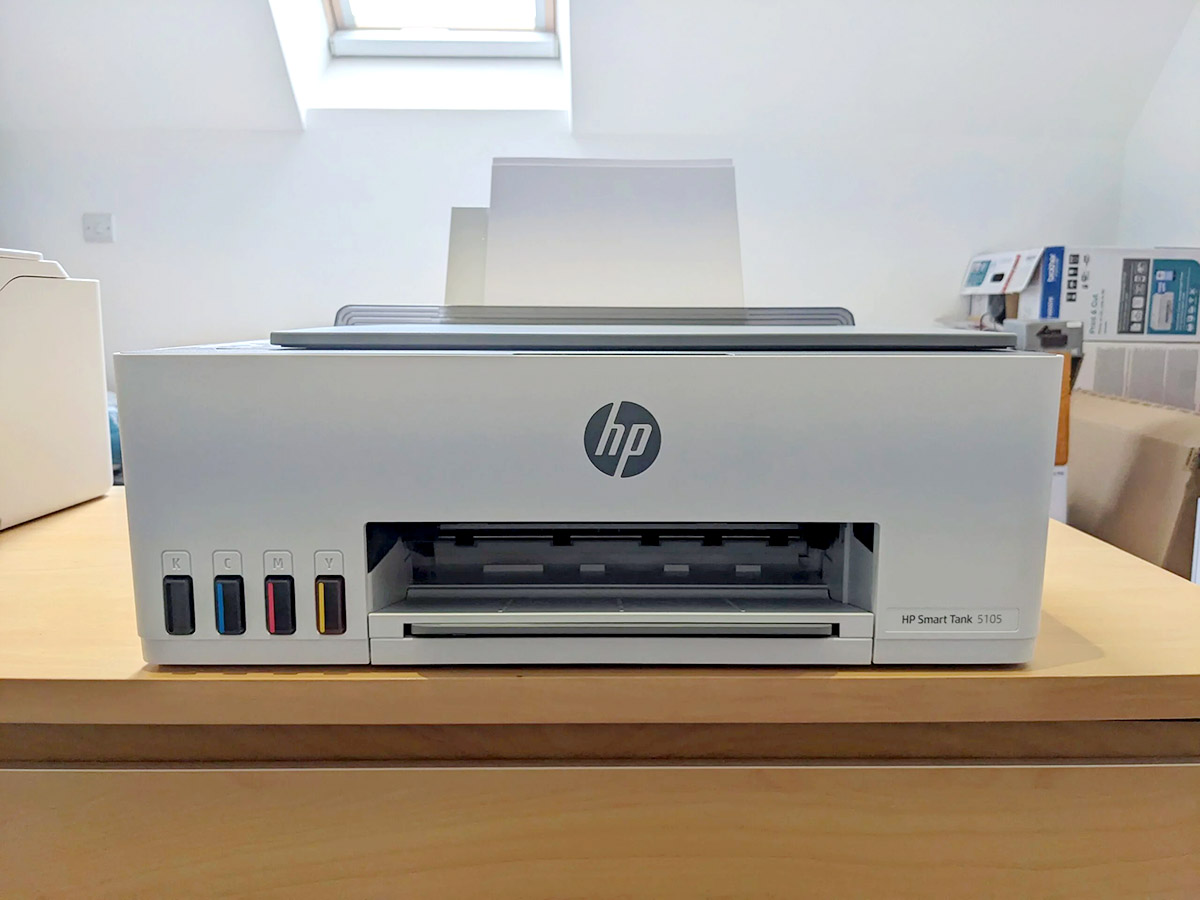
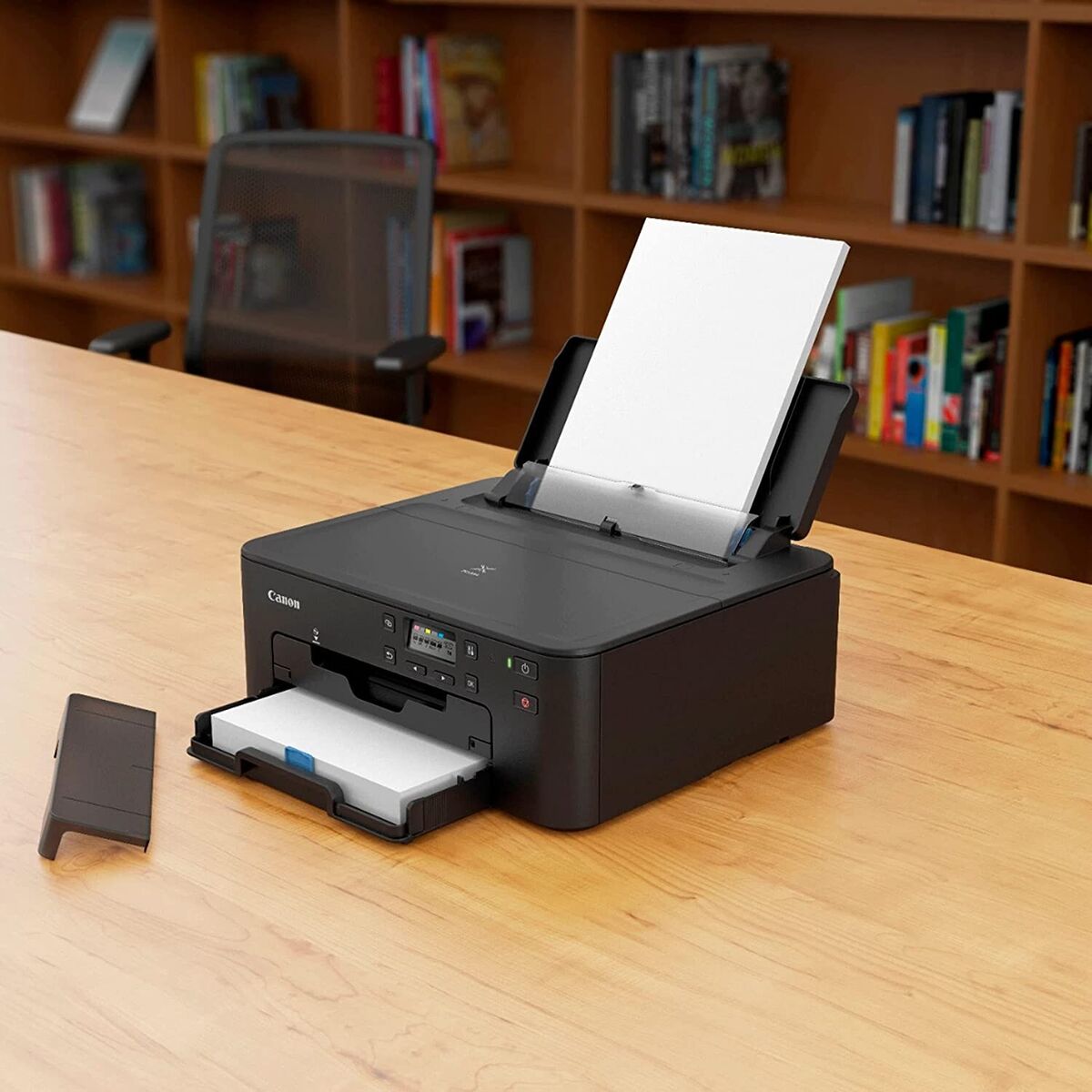
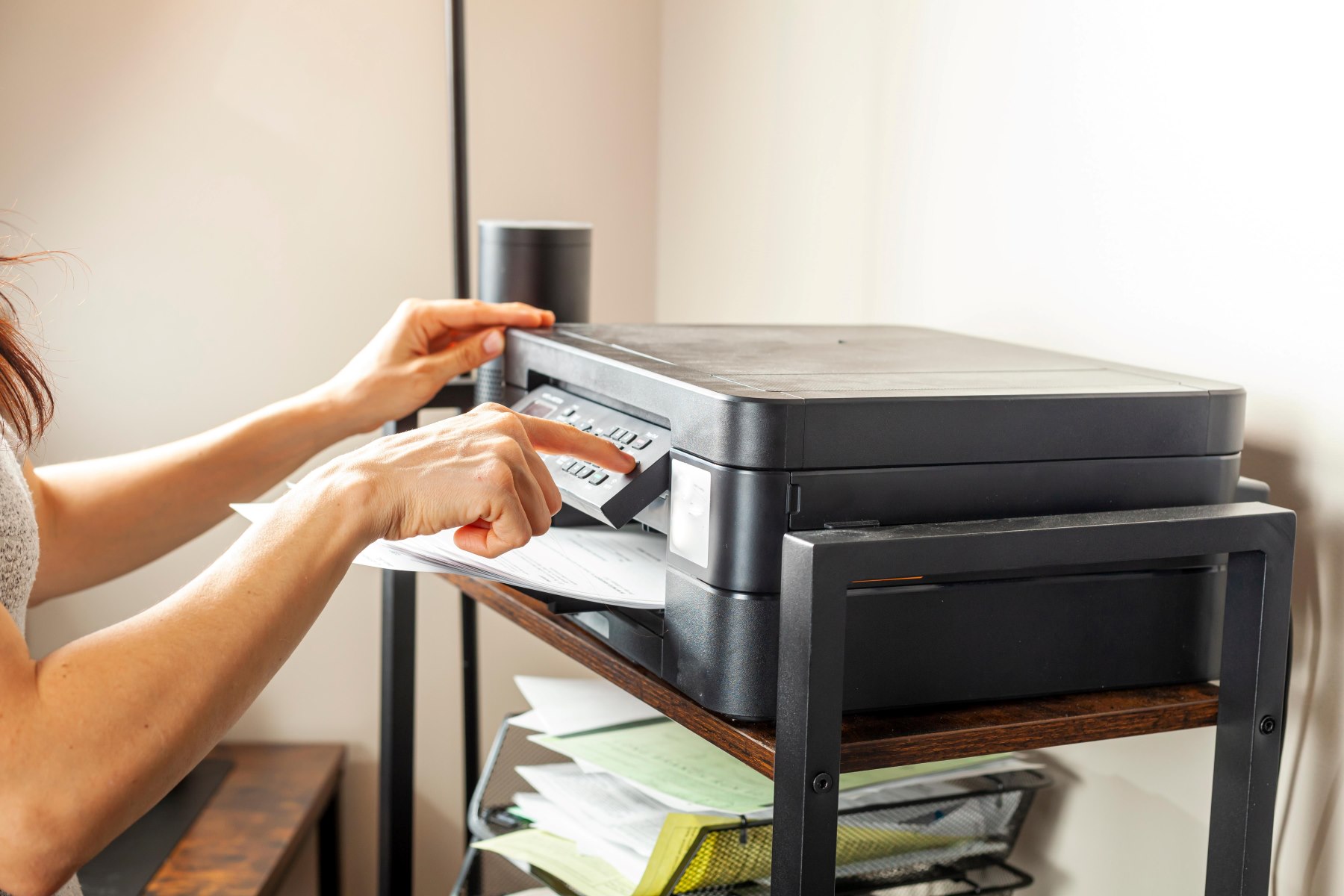

0 thoughts on “Why Won’t My Computer Connect To My Printer”